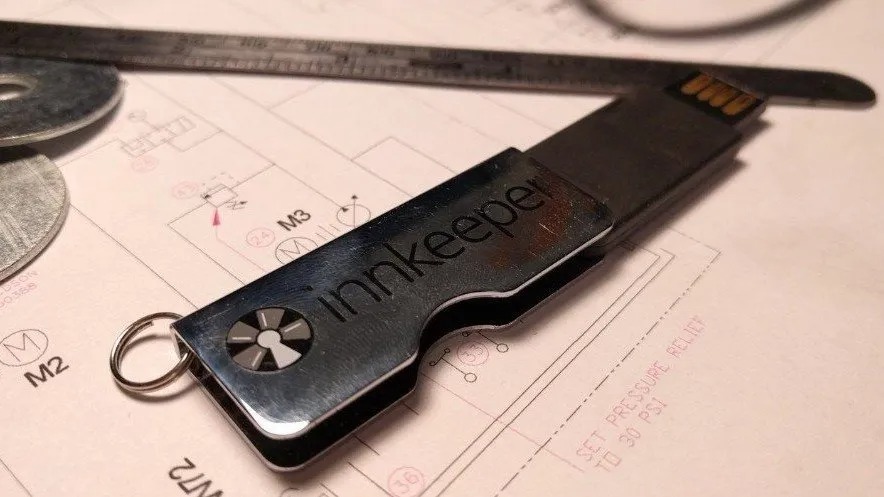Retrofit or Replace: Which is Best for Your Testing Equipment?
It’s a question we’re all faced with at one time or another: would it be better to get something fixed or updated or to just buy a new one? Most commonly, it’s a question people encounter when dealing with things like broken cars or appliances, but it also comes up with testing equipment.
When you’re dealing with things that are expensive and specialized, like testing equipment, it’s only natural to want to make sure you’re getting the most out of it that you possibly can. Structured service schedules and timely repairs can help you achieve that, but there are also times when control replacement is not only more cost effective, it often brings in added capability like data acquisition that just wasn’t available previously. So how do you know which option is best for you?
First, it’s important to understand why retrofits can be a very desirable solution. Compared to the cost of buying brand new equipment, retrofitting is a more affordable option that can be installed with minimal downtime. It’s an easy way to upgrade a testing system’s controls, add new feedback options, incorporate data acquisition and significantly improve its performance without throwing away items in good repair like machine frames, load cells and bed plates. You get the benefits of an upgraded system without completely losing your initial investment.
When trying to decide whether or not a retrofit is the best option for you, think about what you would like the machine to be able to do. Also think about the expected lifespan of certain components of your equipment and what, exactly, should or could be replaced during a retrofit. It’s only a matter of time before components get worn out and need to be replaced. Retrofits typically involve full replacement of the control electronics which open the doors to all sorts of new capabilities. A retrofit is also a good time to evaluate critical components that tend to frequently wear out, or will absolutely shut the machine down when they fail. If your retrofit would include replacing components that you expect to wear out in the foreseeable future, it could be a fast and affordable way to get more out of your system. But if the parts that would remain in place are reasonably likely to fail and that failure would result in costly downtime and repairs later on, new equipment may be the better solution.
It’s also important to think about whether or not a retrofit would address the root performance issues in a piece of equipment. Retrofits can do a lot to improve performance through an upgraded control system. If the main source of a machine’s problem is elsewhere in the equipment, such as in the control valves or load cells and other feedback devices,those can be evaluated and addressed. Often these can be identified up front and addressed in any retrofit, but there are times where it may not deliver the results you need and you are better off with a brand new piece of equipment.
The good news is that testing equipment is very often a good candidate for a retrofit. Innkeeper LLC develops reliable, affordable retrofit solutions using state-of-the-art digital components and customized user interfaces. Contact us to get started.

